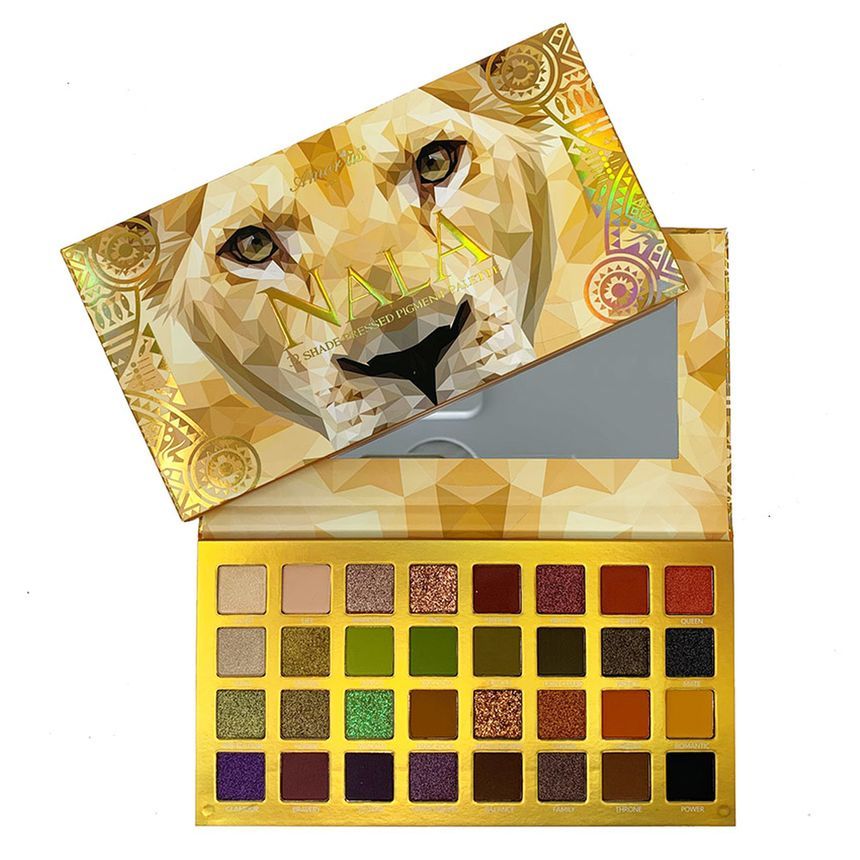

Still, such colors as liver-color, goose-shit green, or Paris mud-names suggesting intense if not exactly sparkling shades-also had a recognized place in the eighteenth-century palette. The pinks, purples, and lime greens that rose and fell in popularity throughout the century, colors often associated with style and taste in mid-eighteenth-century France, exhibit the same brilliance and liveliness. 2 Difficult and often expensive to produce, intense colors-deep blues, bright clear reds, turquoises-were nearly always in demand. "Bright and lively" are terms that appear frequently in contemporary descriptions of beautiful colors.

Late-twentieth-century analyses of historic colors, especially those found in domestic interiors, emphasize the preference for highly saturated colors in eighteenth-century objects. Members of committees appointed to judge color innovations regularly agreed about the comparative attractiveness of samples presented, and the exceptional visual effect of a new color was a common claim of inventors. Nevertheless, eighteenth-century experts did not regard the beauty of a color as purely a matter of personal preference. The work of Winckelmann, Reynolds, Caylus or other writers who addressed that topic are never mentioned in this context. Eighteenth-century discussions of beautiful color in such practical settings were not so formalized that they referred to aesthetics in a broad sense.

Jean Hellot, "Sur le beau vert de Saxe," 1 January 1750, ANF F/12/2259.Ī good color should be beautiful, of course, or at least pleasant to look at, but what does this mean? Beauty seems an idiosyncratic assessment for inclusion in a system of standards. … Il n'est pas necessaire de faire venir des Teinturiers saxons, comme Mr le Mãal de Saxe le propose, puis que les Sr Roederer fait cettte couleur, au moins aussi belle que celles de Grossenhayn. Cette couleur, nommée en allemagne sans pareille, se fait à Grossenhayn, et l'on y teint les étoffes toutes faites, et non les laines, en 4-nuances différentes de ce Vert.
#BELLE PALETTE SANS REFERENCE PLUS#
Le vert de saxe est le plus beau vert qu'on ait encore fait en Europe. ^top Parameters of Color Quality The Attractiveness of Color This combination was occasionally tempered by economics-both cost and value. It was attractive, it was permanent, and it could be employed easily or effectively. reference What did good color require? In the eighteenth century, good color was defined by three basic characteristics. 1 Understood implicitly by consumers, the description of good color was explicit for colormakers and for those who judged new products or processes on behalf of institutions. The designation implied certain characteristics that were constant across all media and which remained constant even as fashionable colors, color production techniques, and coloring materials changed. Good color is an expression that appears frequently in discussions of innovation and in descriptions of objects. The universal expectation for color in the eighteenth century was that it should be good. Henrik Teofilus Scheffer, Essai sur l'art de la teinture(Paris, 1803), 3–4. Il est certain que celles qui s'affoiblissent à la pluie et au lavage, ou qui en peu de temps deviennent pâles au soleil, sont moins prisées: on appelle principalement couleurs fausses celles que le soleil et la lumière décomposent promptement, et couleurs fines celles qui sont très-peu altérées par ces agens, ou ne le sont même pas du tout. Outre la beauté qui est requise dans une couleur, un circonstance essentielle est qu'elle soit solide. How were the failures of color established and how were they understood? To answer these questions, we need to recognize the underlying ideas about quality that were common throughout Europe. What do you-as a producer or consumer-want from a color? How do you know when you have it? Why did colors or colormaking techniques available in the eighteenth century need improvement? One way to understand efforts to improve color is to consider expectations and the ability of objects (or their components) to meet thoses expectations.
#BELLE PALETTE SANS REFERENCE PDF#
E-mail citation PDF version Parameters of Color Quality 1


 0 kommentar(er)
0 kommentar(er)
